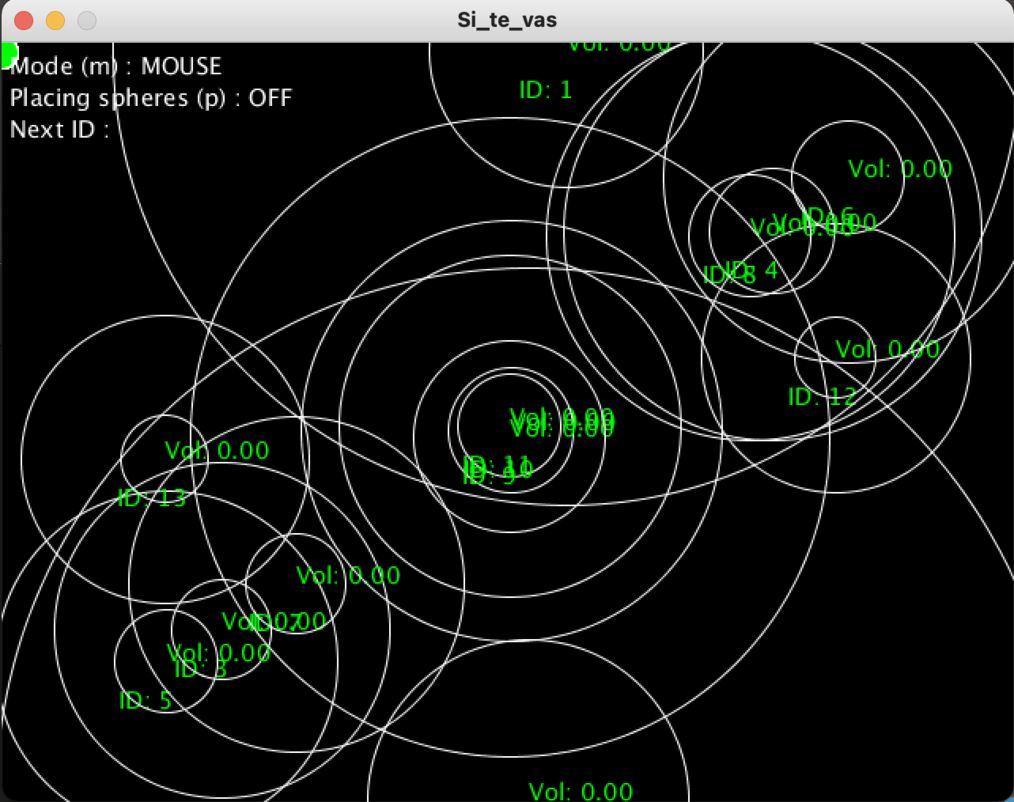SI TE VAS (IF YOU GO)
Si te vas is one of the last pieces I’ve been working with. The story that inspired it is called How Wang-Fo was saved, and it’s one of the Oriental tales by Marguerite Yourcenar. This tale has, in my opinion, extremely suggestive and beautiful images. I remember reading it for the first time and having to take a moment after I finished it to assimilate and take the story in. It’s one of those stories that you read slowly so you can taste it for a longer time.
There was a Chinese painter called Wang-Fo that is summoned by the Emperor to the imperial palace. The emperor is upset, because he grew up enclosed in his palace, without contact with the external world, and the only images that he had of how the world looked like were from the paintings of Wang-Fo. When the emperor was old enough to see the world he went outside, only to discover that the world was not as beautiful as the paintings he had been watching his whole life. The colors were not so bright, the sea was not as majestic, the light not as exquisite. Now the emperor wants to punish Wang-Fo for the eternal disappointment that is reality, so he asks him to finish a last painting of the sea after which he will kill him. Wang-Fo starts painting the sea and as his brush moves, the water rises, until the room is flooded. When he finishes the water disappears, but he is not there anymore; when the emperor looks into the painting he can see a boat on the ocean, slowly going away, and Wang-Fo and his disciple inside of it, deeper and deeper across the painting.
The text that I’m using for this song, is extremely brief. It appears only at the end, and it consists of only two sentences: Si te vas, no te lleves el aire/ si te vas, no te lleves el mar. If you go, don’t take with you the air/ if you go, don’t take with you the sea. The idea of the story has been reduced to an abstraction, to a bare minimum. It works mainly as a germinal idea, not as a structural means.
Instead of the text, what gives the form and development to the music is the movement on stage. Everything is organized around movement.
I’m using the Kinect camera on the ceiling to control the electronics, turning the room into the score, the space being a map of the sounds, the movement the pace with which they are unfolded. The piece is made for two singers, and it’s from the bodies and their position that the sound originates. The path, the route that we follow in the room is the emotional journey, the structure in the music.
When I started working on this piece I knew that I wanted to bring Wang-Fo's sea inside of the room, but I still didn't have a clear idea of how I would do it. I started choosing and recording the sounds for the electronics. The ones that came to mind right away were those of water, air, and voices, which I processed in different ways afterward.
I wanted to recreate the atmosphere of the story with the sounds, to create a different space within the room, to call in the ocean. These sounds, along with the movement represent, for me, the act of crossing a threshold, entering a new territory, we are not in that room anywhere; we are somewhere else.
Once the sounds were there, the base material, the focus turned to the structure/movement. Or how to create a narrative based on those sounds.
A mirror, a line, an encounter. One dimension that finds another, Wang-Fo crossing inside the painting, the sea coming outside of it. Two sides, a path, the liminal walking between them. Fragile, tense. A focal point in the center, where the borders collide. An explosion. And then nothing. Silence.
I designed a straight line that contains the different sounds coming from the electronics, the evolving landscape. A line that Klara and I walk as we look into each other, like the two images of the same mirror. Until we meet in the center, and we transform into a circle, we become one. That is the highest point of the piece, the prayer "if you go, don't take away the sea with you". Which dissolves into silence.
Apart from the sounds coming from the electronics, there are two contact microphones set on the floor and surrounded by little rocks, which are live amplified and blended with the rest, so we bring something of the room into that other dimension.
Klara and I explored together the movements once the sounds were mapped and placed in Ableton Live and the Kinect camera. Having the idea of something that is moving very slowly but with high intensity in every move. We rehearsed and learned which movements worked better with the camera, and what created a better-sounding reaction. It was a process of slowly learning how to communicate with the space, and how to create an organic response in the music. And at the same time, being able to move in a way that is also related and connected to what it's sounding. It turned out to be an open circular learning; we learn how to move to create a sound and that sound has also a reflection in our bodies.
